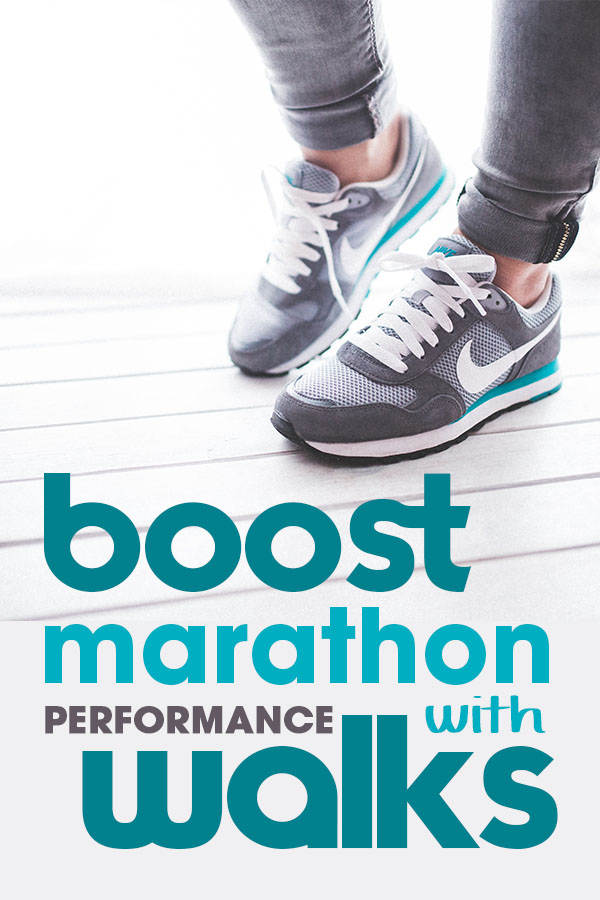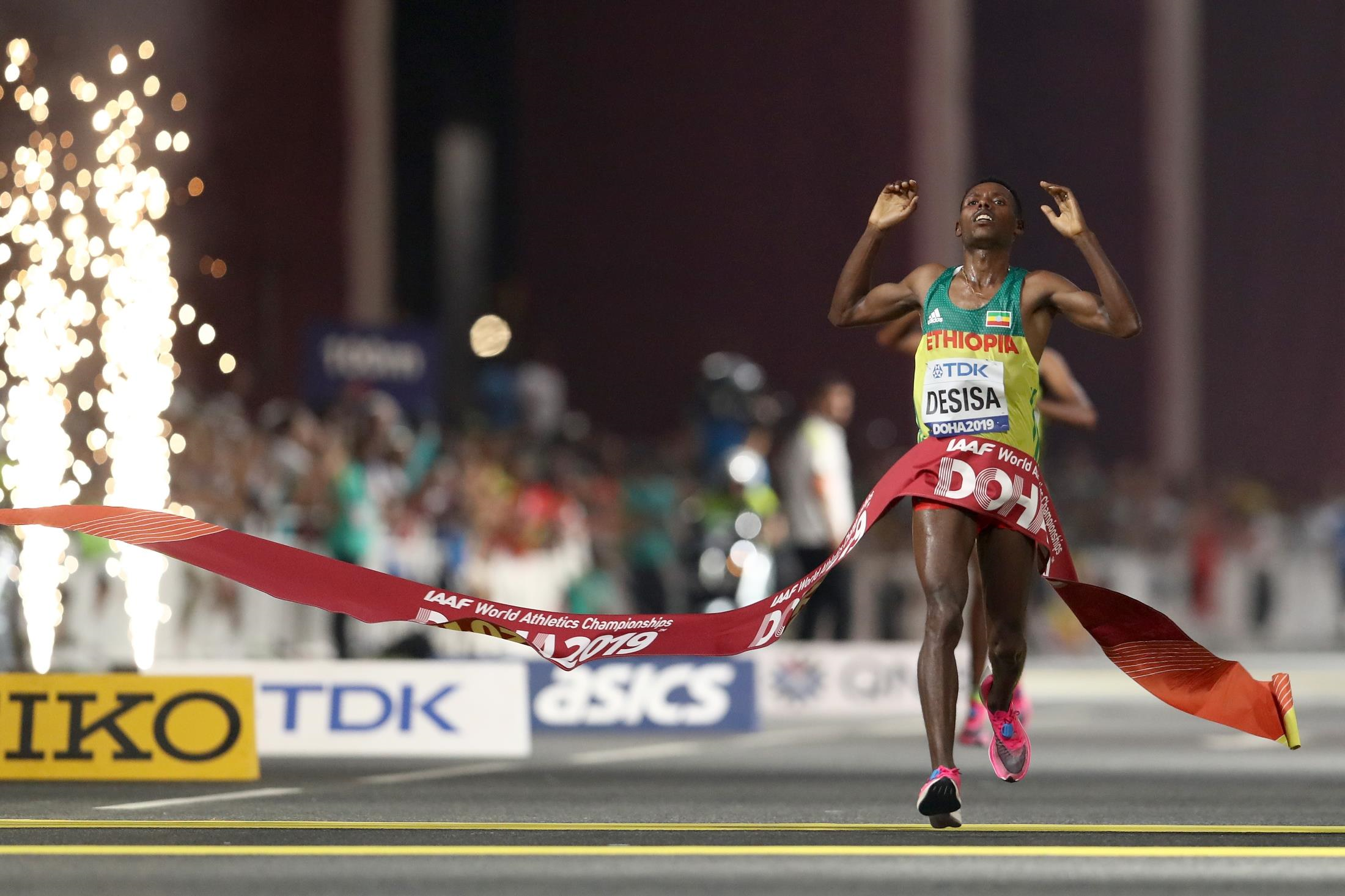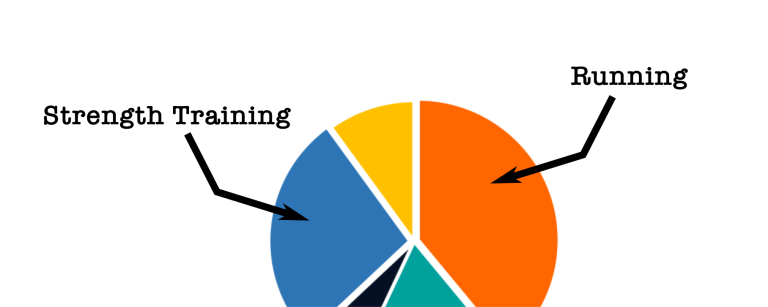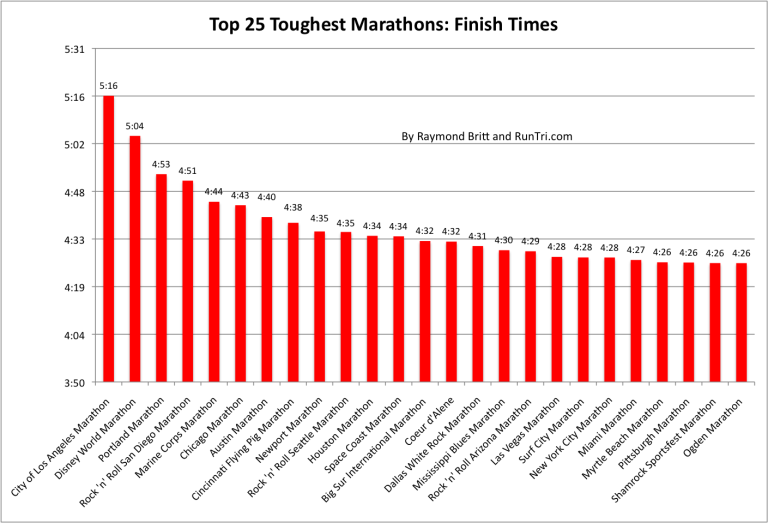Boost Marathon Performance With Walk
Boost your marathon performance by incorporating walking intervals for increased endurance and recovery. By strategically incorporating walking breaks, you can maintain a consistent pace and reduce the overall strain on your body during the race.
Walking intervals help in improving cardiovascular fitness and muscular endurance, allowing you to push through fatigue and reach your peak performance levels. Additionally, alternating between running and walking can help you cover longer distances without risking burnout or injury. This hybrid approach to marathon training can benefit both novice and experienced runners by optimizing performance and enhancing race day experience.
Get ready to conquer your next marathon with this effective training strategy.

Credit: www.healthdesign.org
Benefits Of Incorporating Walking Into Marathon Training
Walking can be a valuable addition to marathon training, offering a range of benefits that can help improve performance and reduce the risk of injury. Incorporating walking into your training regimen can have a significant impact on your overall endurance and resilience while minimizing the likelihood of overuse injuries. Let’s explore the specific advantages of integrating walking into your marathon preparation.
Increased Endurance
- Enhanced cardiovascular fitness and stamina
- Improves muscular endurance and strength
- Aids in building mental endurance for long-distance running
By including walking in your marathon training, you can boost your aerobic capacity and build up your stamina, making it easier to maintain a steady pace throughout the race. This extra endurance will not only help you cover the distance more comfortably but also enhance your overall performance.
Reduced Risk Of Injury
- Lower impact on joints and muscles compared to running
- Allows for active recovery between intense running sessions
- Helps correct and prevent muscle imbalances
Walking can be a valuable tool in preventing common running injuries such as shin splints, stress fractures, and muscle strains. By incorporating walking as part of your training, you can reduce the stress on your joints and muscles, allowing your body to recover between intense running sessions while also improving overall biomechanical balance.

Credit: medium.com
How To Incorporate Walking Into Marathon Training
How to Incorporate Walking into Marathon Training:
Interval Training
Alternate between running and brisk walking in short bursts.
Recovery Walks
Take leisurely walks after intense training to aid in recovery.
The Science Behind Walking During A Marathon
In understanding the science behind walking during a marathon, it’s crucial to delve into the concepts of aerobic versus anaerobic exercise and their effects on muscle fatigue.
Aerobic Versus Anaerobic Exercise
Aerobic exercise uses oxygen to meet energy demands, enabling sustained physical activity.
Anaerobic exercise involves short bursts of intense activity without relying on oxygen.
Effects On Muscle Fatigue
- Walking during a marathon helps shift from anaerobic to aerobic metabolism, reducing muscle fatigue.
- Balancing aerobic and anaerobic exercise optimizes energy usage, enhancing endurance.

Credit: www.ebay.com
Tips For Effective Walking During A Marathon
Boost your marathon performance with these effective tips for walking during the race. Improve your endurance and keep your pace steady with these expert strategies.
“`html Tips for effective walking during a marathon “` Walking can be an effective strategy to conserve energy and improve overall marathon performance. When done correctly, walking during a marathon can provide the necessary relief for fatigued muscles while maintaining a steady pace. Here are some valuable tips to ensure that walking enhances your marathon experience.Pacing Yourself
Proper pacing is essential for effective marathon walking. When incorporating walking intervals, it’s crucial to maintain a consistent pace that allows for periodic recovery without compromising overall speed. Pacing yourself ensures that you conserve energy and maintain endurance throughout the entire race.Proper Form And Technique
Mastering proper form and technique is vital for optimizing walking efficiency during a marathon. Keep your posture upright, shoulders relaxed, and maintain a steady rhythm. Ensure that your stride is comfortable and efficient, minimizing the risk of fatigue and preventing injury. Implementing these tips can significantly enhance your marathon walking experience, ultimately contributing to improved performance and overall satisfaction.Real-life Success Stories Of Walkers In Marathons
Discover the inspiring real-life success stories of walkers who have achieved remarkable performance in marathons. Explore how incorporating strategic walking intervals has significantly enhanced their marathon experience, allowing them to conquer challenging races and achieve personal bests. Learn from their experiences and gain valuable insights into the effectiveness of incorporating walking into marathon training.
Improvements In Finish Times
Real-life success stories of walkers in marathons inspire and motivate countless others to lace up their shoes and hit the pavement. One of the most remarkable aspects of these stories is the significant improvements in finish times that walkers have achieved.
Take Sarah, for example. She started walking marathons with a finishing time of 6 hours and 30 minutes. Through consistent training and determination, Sarah managed to shave off an impressive 30 minutes from her finish time within a year. Her story is a testament to the power of walking in marathon performance improvement.
Personal Anecdotes
Personal anecdotes shared by walkers who have participated in marathons provide valuable insights and advice for those looking to boost their performance. Let’s hear from a few of these individuals:
-
Alex’s journey to marathon success
Alex, a self-professed novice walker, took on the challenge of completing his first marathon. Initially, he struggled with aching legs and doubts about his ability to cross the finish line. However, through disciplined training and mental toughness, Alex not only completed the marathon but exceeded his own expectations by finishing in under 5 hours. His story showcases the transformative power of belief in oneself.
-
Emily’s determination conquers obstacles
Emily, a working mother with a busy schedule, decided to venture into marathon walking. Despite facing time constraints and balancing various responsibilities, she didn’t let anything deter her. Emily’s determination and willpower pushed her to train early in the mornings and late in the evenings. Her commitment paid off as she finished her first marathon with an impressive time of 5 hours and 45 minutes.
-
Jason’s comeback story
Jason, a seasoned walker who had previously suffered an injury, was hesitant to participate in another marathon. However, with patience and careful rehabilitation, he gradually built up his strength and endurance. Pushing past the physical and mental barriers, Jason completed his comeback marathon, surprising himself and others with a remarkable time of 4 hours and 15 minutes. His story is a testament to resilience and the ability to bounce back stronger.
These personal anecdotes offer a glimpse into the determination, hard work, and triumphs that walkers experience on their marathon journeys, inspiring others to follow in their footsteps. Whether it’s overcoming obstacles, surpassing personal goals, or simply embracing the joy of walking, these success stories highlight the incredible potential of walkers in marathons.
Frequently Asked Questions Of Boost Marathon Performance With Walk
Can Walking Improve Your Marathon Performance?
Walking can significantly improve your marathon performance by boosting endurance, reducing injury risk, and aiding recovery.
How Can Incorporating Walking Into Training Benefit Runners?
Incorporating walking into training helps runners build aerobic capacity, develop mental resilience, and improve overall race performance.
How Should Beginners Integrate Walking Into Their Marathon Training?
Beginners can start by implementing walk breaks during runs, gradually increasing duration and reducing frequency as fitness improves, ensuring a manageable pace.
Conclusion
Incorporating walking into your marathon training can improve your performance and reduce the risk of injury. By adding walking intervals, you can build endurance and strength while giving your body a chance to recover. This holistic approach can enhance your overall marathon experience, making the journey to the finish line more enjoyable and rewarding.







